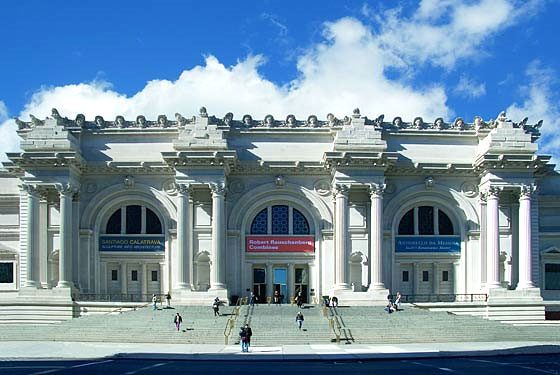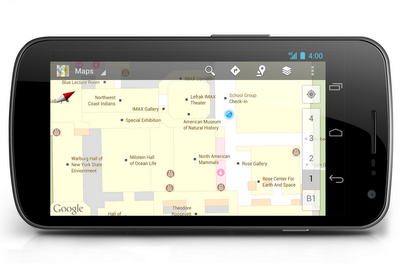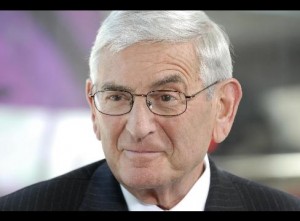The Metropolitan Museum of Art* just released its attendance for the fiscal year ended June 30, 2012, and all I can say (up here) is congratulations: 2012 was a barn-burner, with some 6.28 million visits, including those to The Cloisters museum and gardens. That is more than any year since the Met began tracking attendance more than 40 years ago, it says.
 Last fiscal year, total visitors were about 600,000 fewer.
Last fiscal year, total visitors were about 600,000 fewer.
And here’s another tidbit worth noting:Â Membership has now reached a record-breaking 170,000.
There were reasons, starting with the new galleries for Islamic art, inaugurated last Nov.1, and the opening of the final portion of the refurbished and reinstalled American wing, which opened in mid-January. These two gallery suites attracted 593,000 and 365,000 visitors respectively.
But exhibitions did very well, too:
- The Steins Collect: Matisse, Picasso, and the Parisian Avant-Garde drew 324,000 visitors;
- The Renaissance Portrait from Donatello to Bellini:Â 205,000
- Tomás Saraceno on the Roof: Cloud City: 179,000
- Schiaparelli and Prada: Impossible Conversations:Â 166,000
- The Game of Kings: Medieval Ivory Chessmen from the Isle of Lewis at The Cloisters (97,000)
Saraceno and Schiaparelli and Prada are still on view. It’s worth noting, too, how well the Cloisters did with the little chessmen. Although the Steins (including Matisse’s Woman With A Hat, right) did well, I’m disappointed that the show did not fare as well as, say, Picasso in The Metropolitan Museum of Art, which between April 27 and August 15, 2010, attracted 703,256 visitors. The Steins was a traveling show, with loans from all over and a powerful narrative — but not that Picasso name. The Picassos looked great, but the museum does own them all.
 FY 2012 also benefited from the final five weeks, with extended hours, of Alexander McQueen:Â Savage Beauty. The Costume Institute’s Schiaparelli/Prada is far less crowded, but it’s still a great show — better than I ever expected.
FY 2012 also benefited from the final five weeks, with extended hours, of Alexander McQueen:Â Savage Beauty. The Costume Institute’s Schiaparelli/Prada is far less crowded, but it’s still a great show — better than I ever expected.
The Met’s release also notes that its website “had 44 million visits in Fiscal Year 2012. The Museum’s Facebook page now has more than 677,000 fans and its Twitter feed has more than 471,000 followers.”
Final note (for now): The Met raised its suggested price to $25 about a year ago, and that hasn’t seemed to deter visitors much, though I’d like to know what the average contribution is now.
Photo Credits: Courtesy of the Met
* I consult to a Foundation that supports the Met




